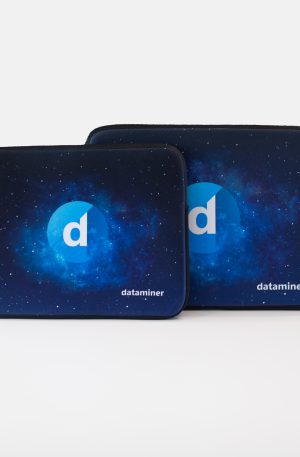You must be logged in to post a review.
One Professional services credit
4 000 credits
Skyline’s professional services credits are a flexible form of currency, which can be used freely towards any of Skyline’s professional services, when you need them and matching your priorities.
Note: only members of the DataMiner DevOps Professional program can order this item.





Reviews
There are no reviews yet.